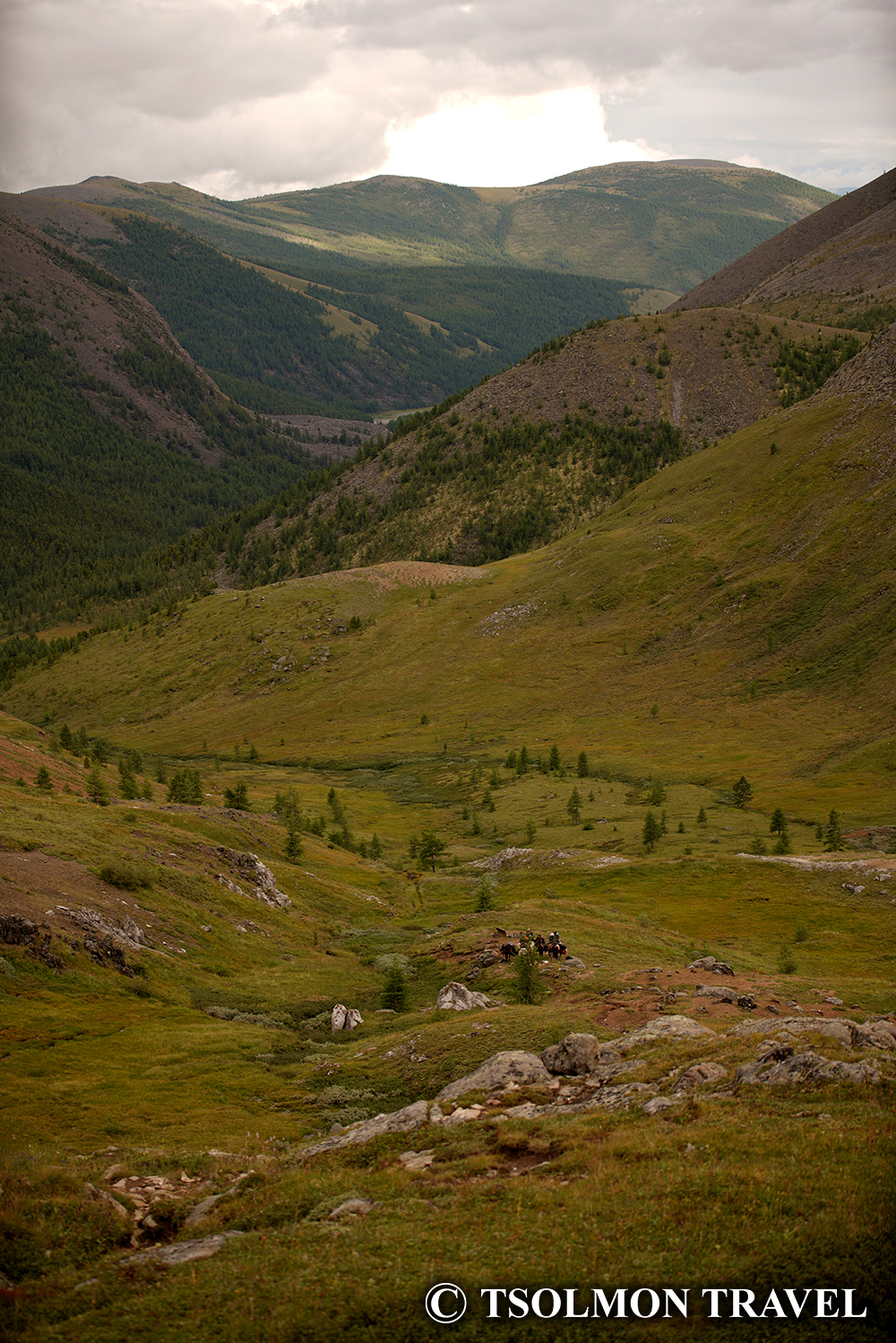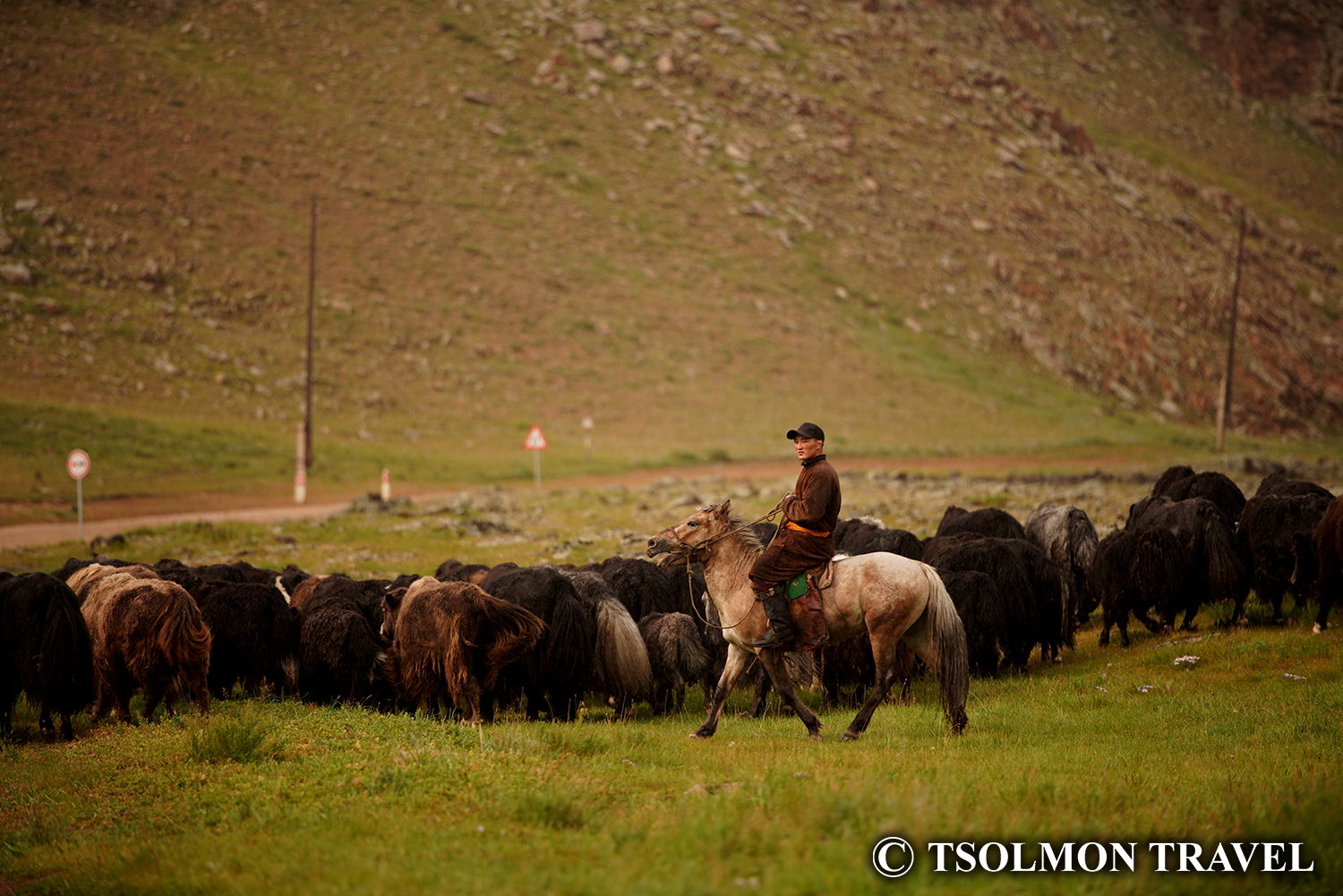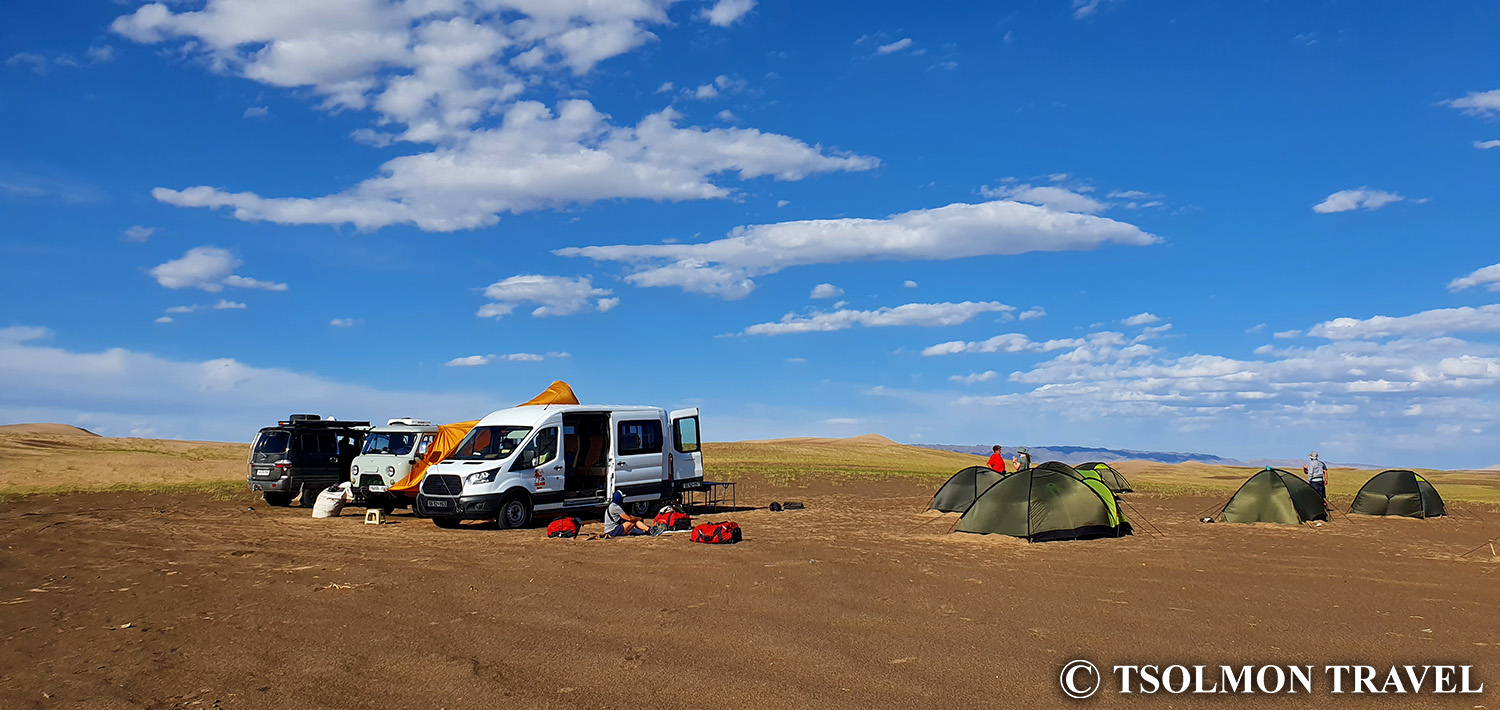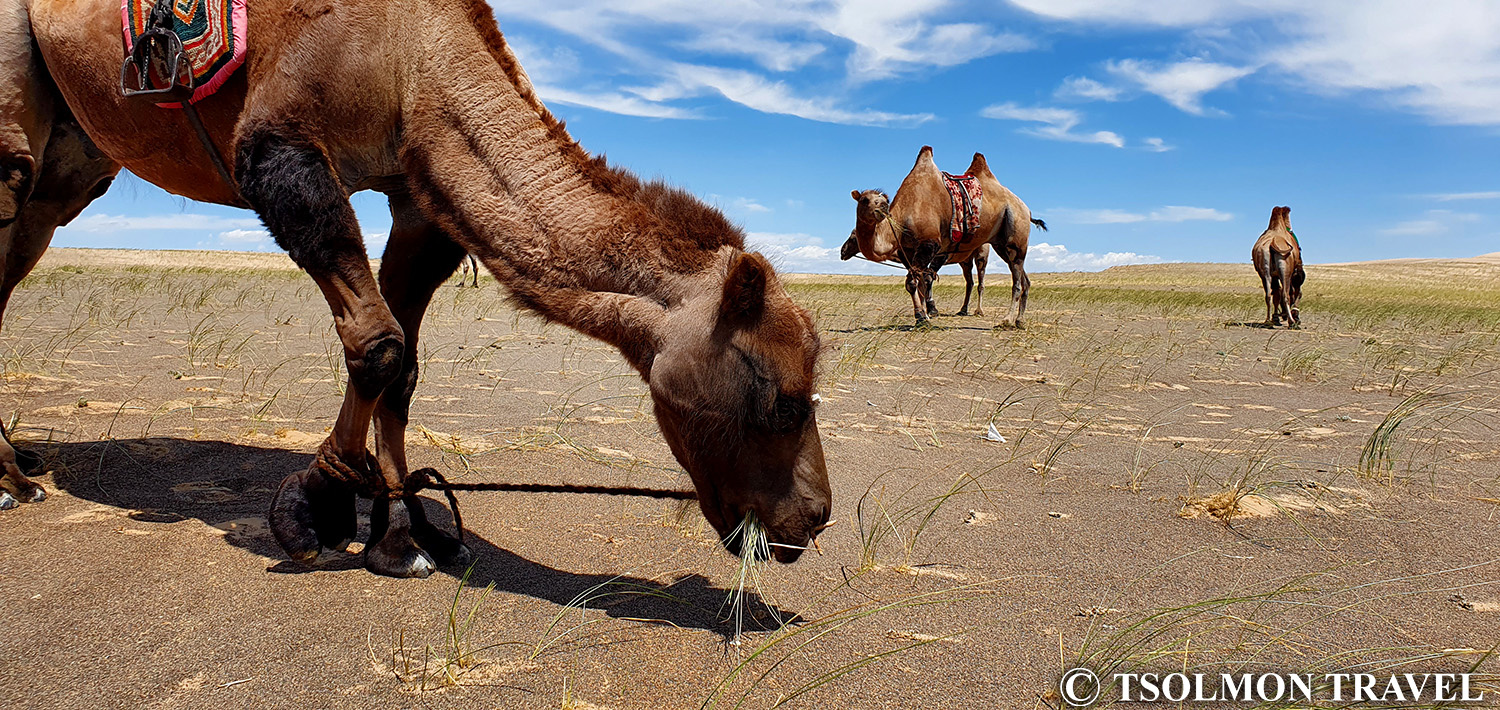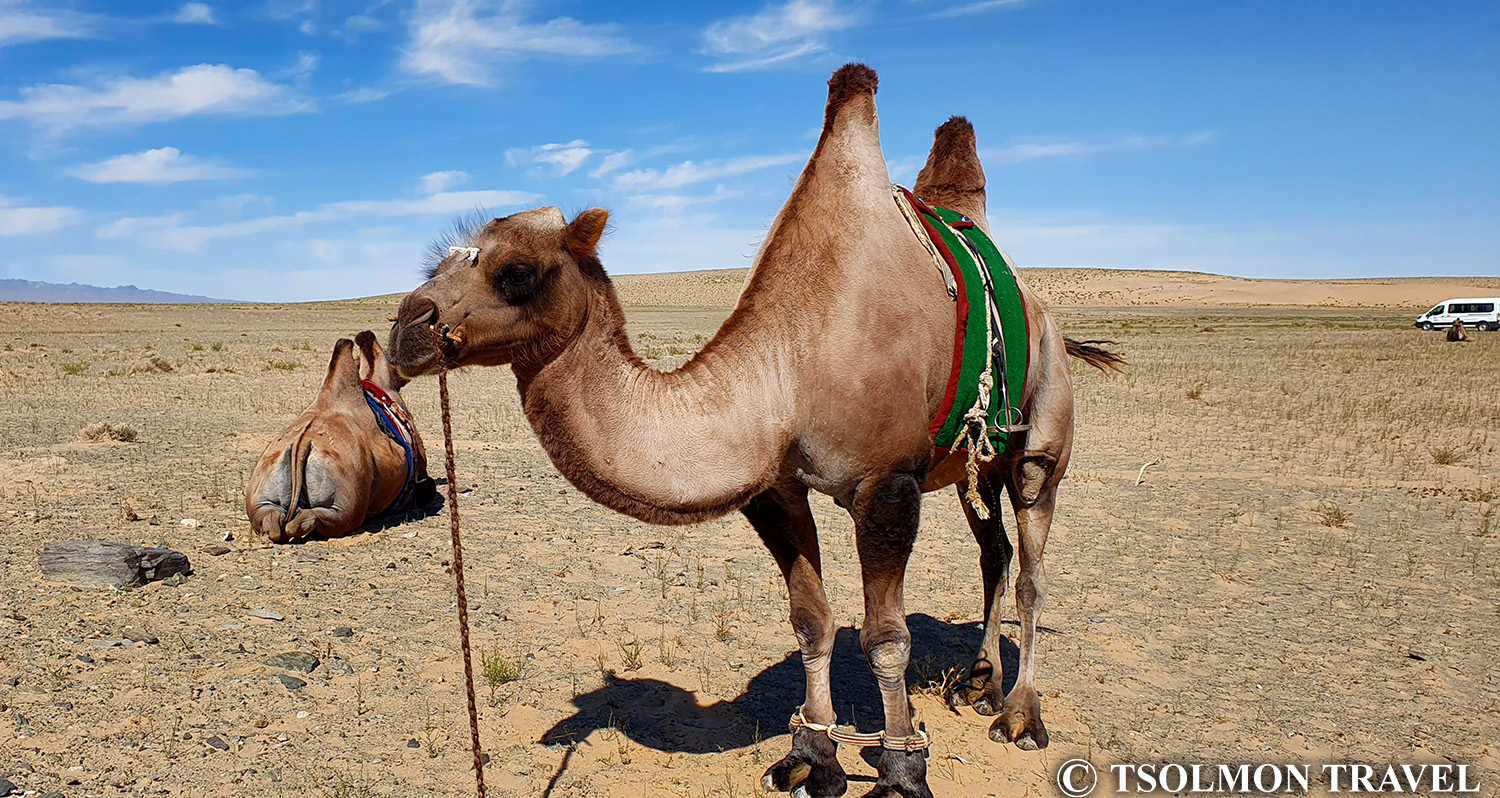About Ger

GER
The ger is suited ideally to the country’s extreme continental climate and the nomadic life of its people. This multi-purpose dwelling is easily collapsed, transported, and put up again. The ger was developed by nomads in ancient times and has been used to the present day. A growing recent trend is shifting the movable lattice-wall structure into permanent housing. History has preserved information about giant gers built on wheeled platforms. 22 oxen hauled the platform. Enormous gers of this kind were built for nobility. A number of walls and poles determines the size of the ger. Herders’ gers usually have 5 walls creating a living area of 16-18 sq.m. The gers of noblemen of olden times had 10-12 walls.
The ger has two key components: the wooden skeleton and the felt cover. The warped wooden walls (khana), the long spokes (uni), the smoke escape (toono), and its pillars (bagana). Two wooden pillars underpin the smoke escape. After the wooden assemblages of all these parts, the ger takes its proper shape and the wooden framework of the ger bears a close resemblance to an open umbrella. The inside wooden framework of the ger walls is a trellis of warped wood with each section of the wall made up of a lattice of around 15 wooden poles.
From the top of the cylinder toward the apex of the pop-cone long light wooden spokes run concentrically. Thus, around it felt layers are laid out as a cover. In the center of the ger is the hearth which has a special significance for the Mongols. Apart from the utilitarian purpose, the hearth (golomt) symbolizes ties with the family ancestors. The entire outer surface of the ger is covered with felt and tied in place by ropes made of hair and wool.
One layer is sufficient in the summer season. Two or three layers are necessary for winter. Smaller tables are always present but play a less important role. Mongols never sit at a table. To the right of the bed is the traditional place for the Buddhist altar, sutras, and other religious objects. The area opposite the door is the honored spot in the ger where the head of the family usually resides.

When visitors come to the ger, the host may seat himself to the right of the door and urge the guest to be seated in the honored place. Nomadic families sometimes have two to three gers with the largest one for the family head at the farthest west with other gers extending to the east. The last one houses kitchen facilities, foodstuff, and storage for milk and dairy products.
 Eng
Eng
 Ger
Ger



